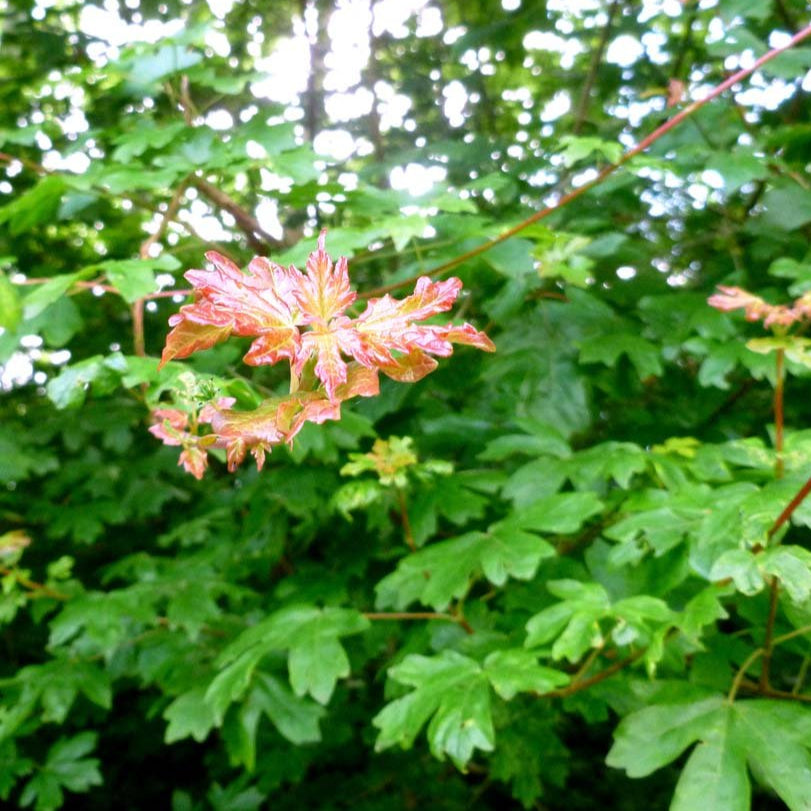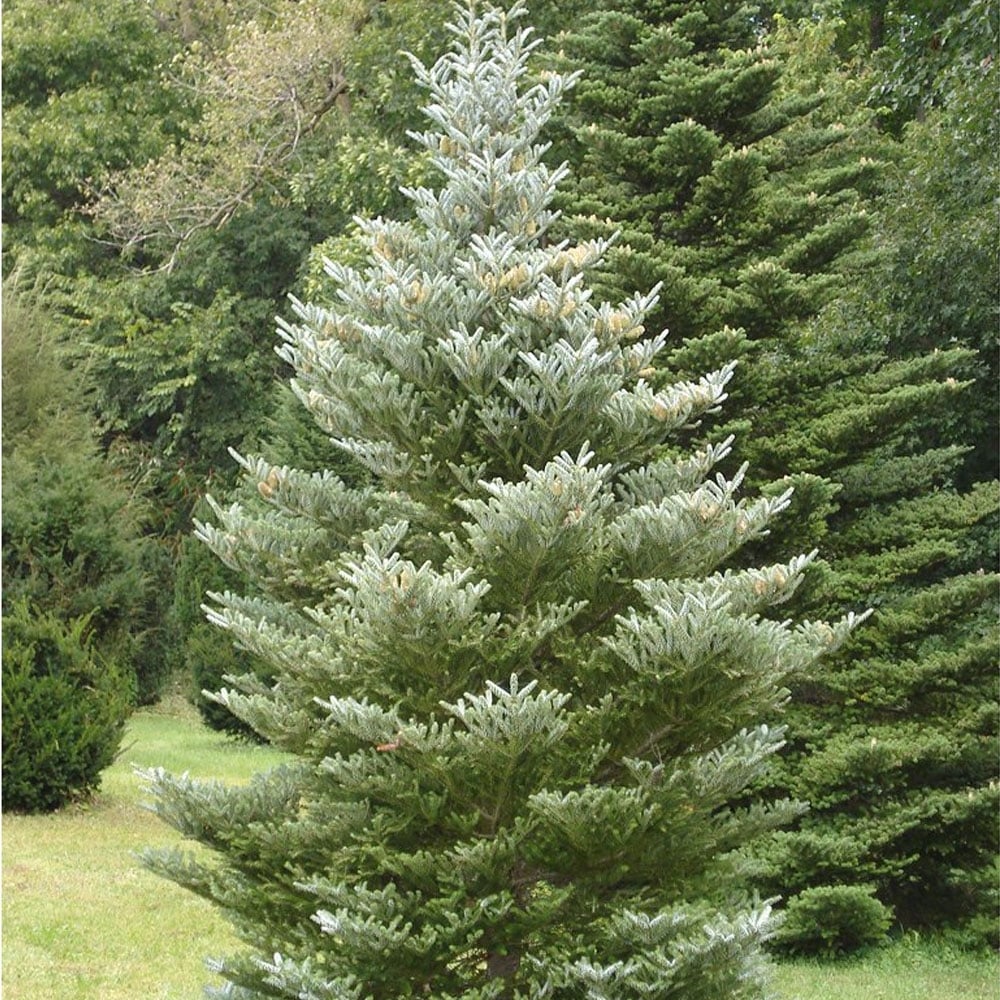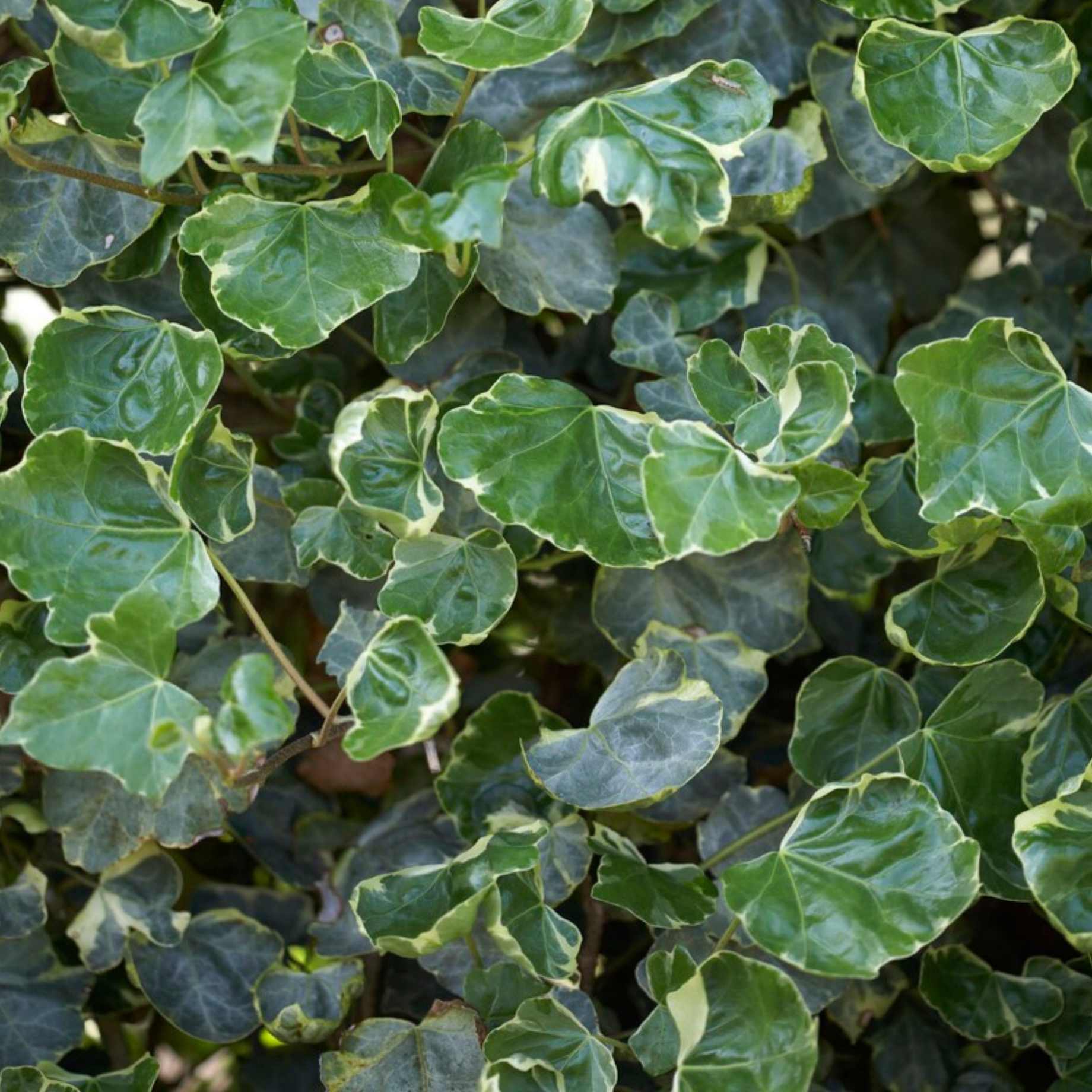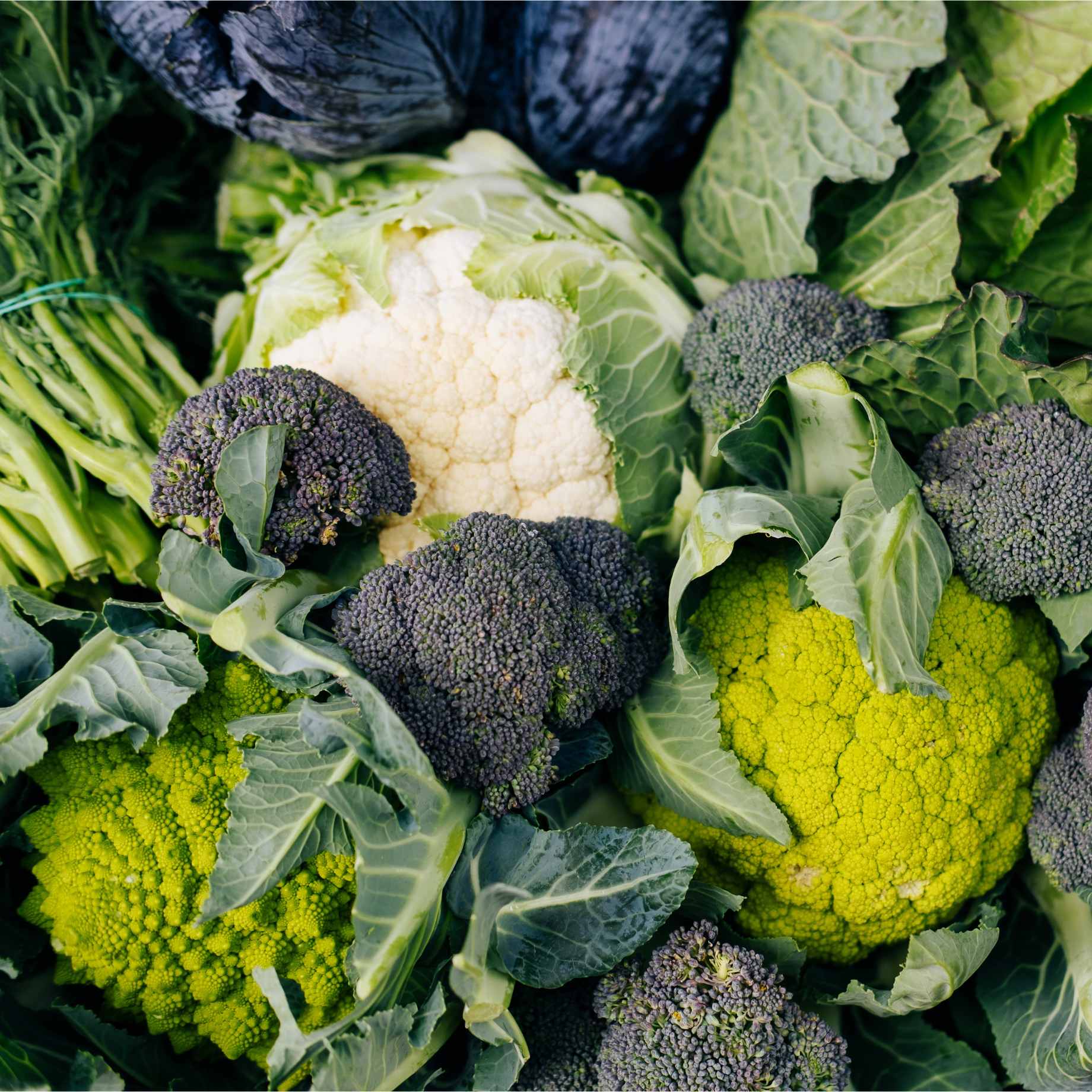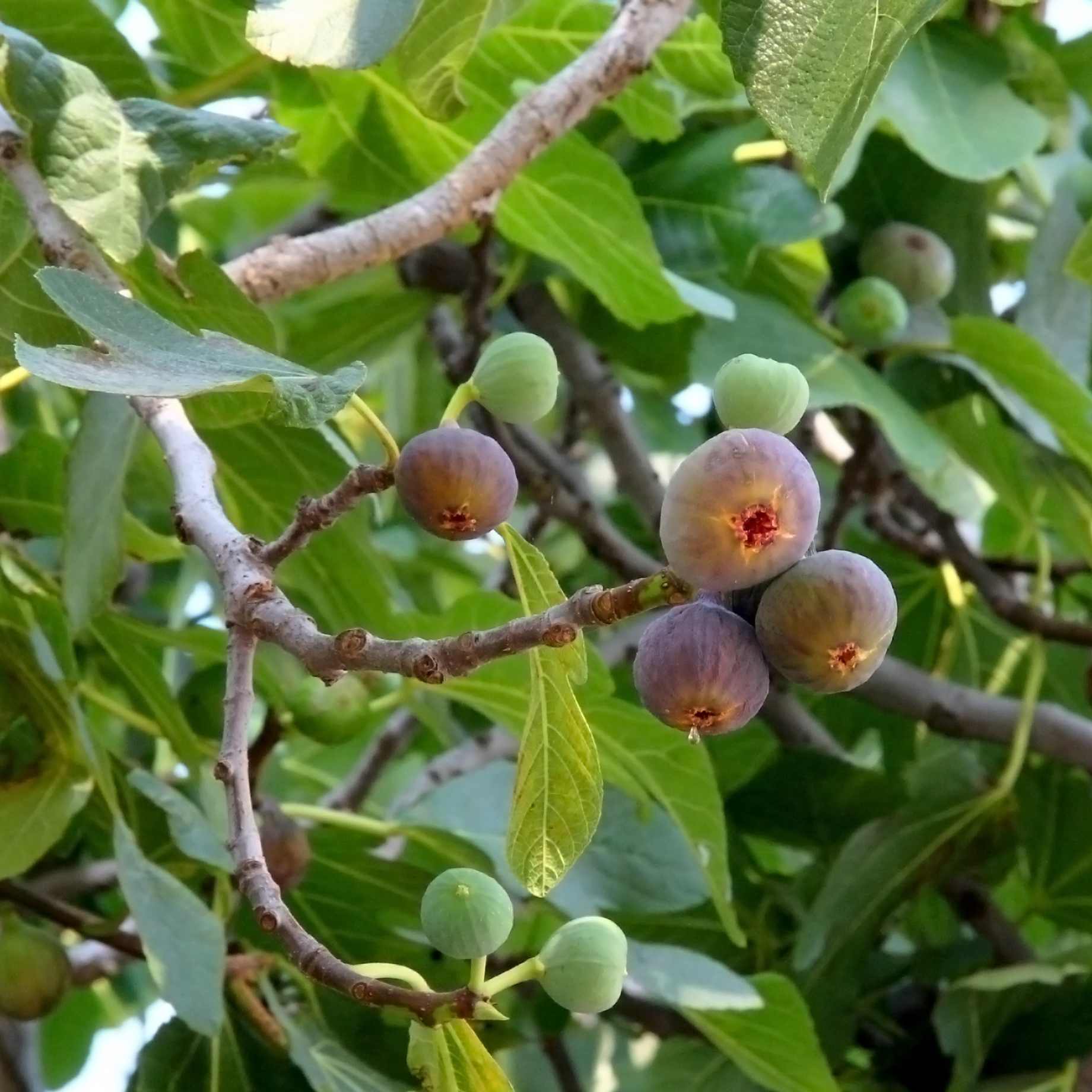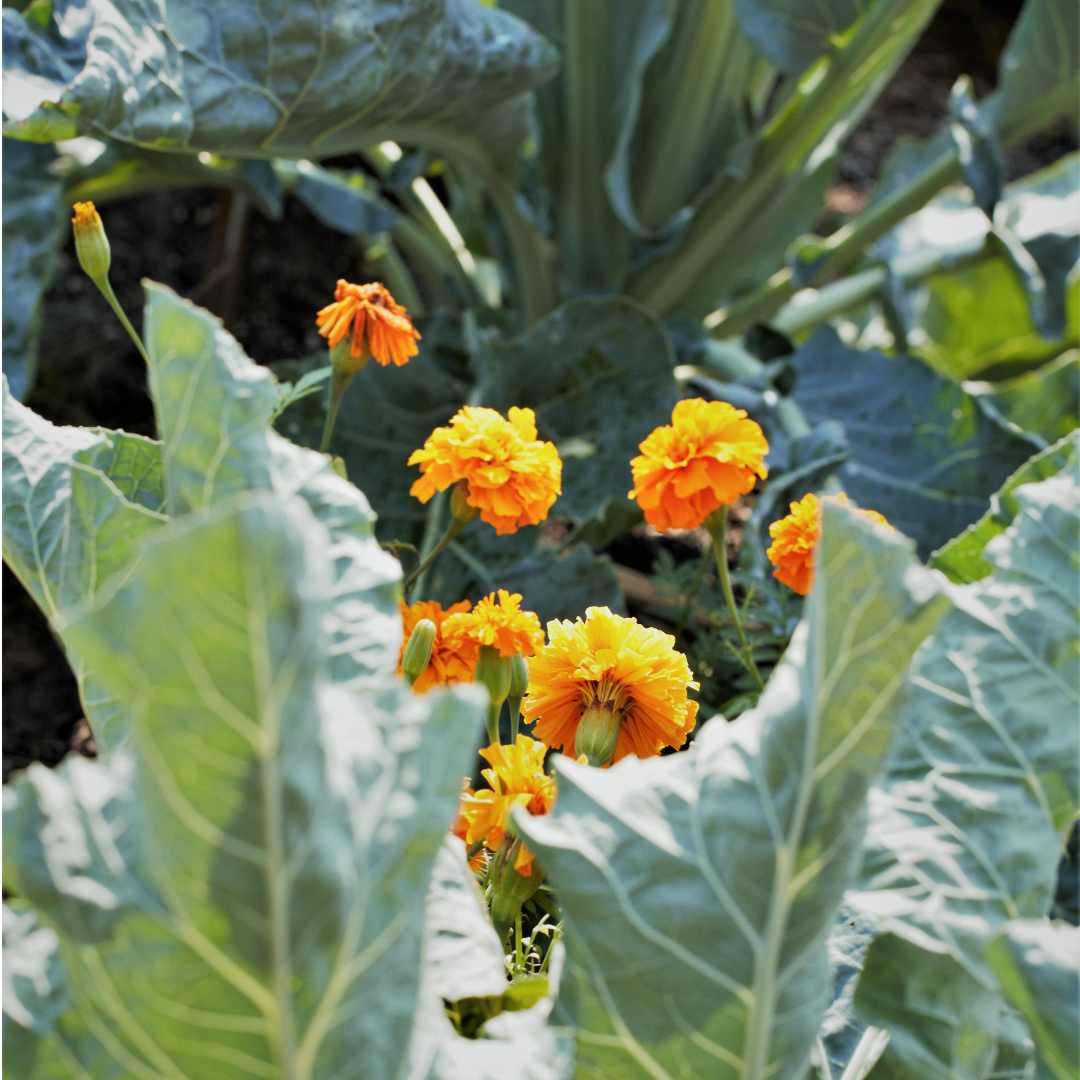Key features
AwardsRHS Award of Garden Merit
Final size7 x 4 metres in 20 years
FoliageLobed leaves with autumn colour (deciduous)
Eco benefitsNative to UK, Good for pollinators
PositionFull sun to part shade, including exposed sites
SoilPrefers moist yet well-draining soil
Description
One of the best native trees for autumn colour, Acer campestre has dark green, lobed leaves turning buttery yellow in autumn. It is a medium sized tree with an attractively rounded in habit and you can expect an approximate height and spread of 7 x 4 metres in 20 years. Field Maples also make a good hedging plant and being resilient, will grow well in most situations.
The bark is fissured with a slightly corky texture giving an additional element of interest. Its winged helicopter like seeds are similar to most maples. Yellow-green upright clusters of flowers emerge in spring.
Acer campestre has the RHS Award of Garden merit and is the variety that was used in Westminster Abbey for William and Kate’s wedding as it is said to symbolise ‘reserve and humility’!!
AKA Common Maple, Hedge Maple
Planting Steps
1Preparation
- Pot-grown plants can be planted at any time of year, whereas bare roots need to be planted between November and March.
- Clear weeds and grass within a metre of the planting hole.
- Dig a hole as deep as the root mass and twice as wide.
- To help your plant establish more effectively, sprinkle Rootgrow in the hole.
2Planting
- Gently loosen the roots and place into the planting hole.
- Ensure the top of the plant’s compost is flush with the level of the surrounding soil and the graft union or collar of the tree is above ground level.
- Mix 50% of the original soil with 50% compost.
- Fill in the hole, firming the soil gently.
3Last Steps
- Water generously around the base of the plant.
- If you are planting either a single stem tree or mature standard tree, we recommend adding a staking kit and rabbit guard.
Aftercare Advice
Trees and shrubs require a good watering regime for a couple of years whilst they establish. Water well and regularly through spring and summer, increasing in hot or dry weather. If planting in autumn, you may only need to water a little. It is advisable to keep the area free of competing weeds and grass during this period.
For more detailed advice and video guides, please visit our Help & Advice section.

